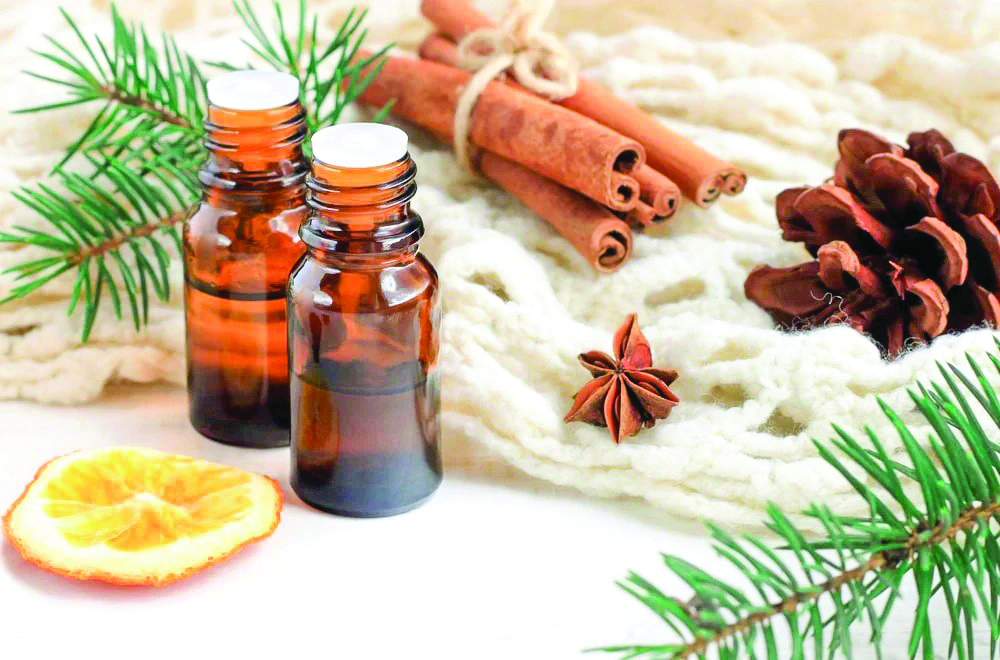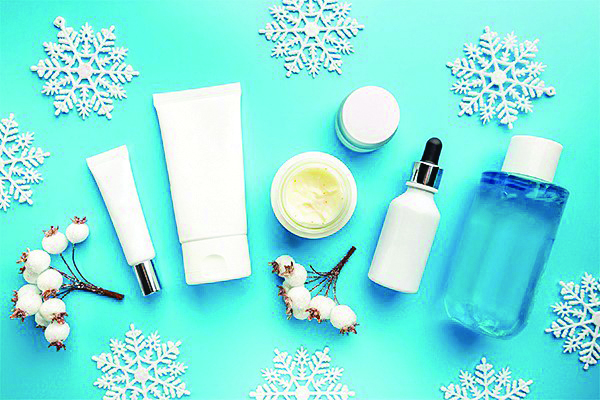
As the crisp chill of autumn begins to set in, it’s time to start thinking about how to adjust your skin care routine for the coming winter months. Winter weather can be harsh on your skin—cold air, low humidity, and indoor heating can all strip away moisture, leaving your skin feeling dry, irritated, and sensitive. But with a few adjustments to your skincare regimen, you can maintain a healthy, glowing complexion throughout the winter season. In this article, we’ll explore essential skin care tips to help you prepare your skin for the cold weather ahead.
1. Understand How Winter Affects Your Skin
Before diving into solutions, it’s important to understand why winter tends to be tough on your skin. As temperatures drop and humidity levels decrease, your skin loses moisture more quickly. This can lead to dryness, flakiness, and even conditions like eczema or psoriasis becoming exacerbated. Additionally, indoor heating—while necessary to keep warm—can cause the air in your home to become even drier, further dehydrating your skin.
Cold air causes the blood vessels near the skin’s surface to constrict, which can lead to reduced circulation and a lack of oxygen and nutrients being delivered to the skin. This makes it more difficult for your skin to repair itself. Furthermore, harsh winds can strip away the protective lipid barrier on the surface of the skin, leaving it more vulnerable to environmental stressors.
2. Switch to a Hydrating Cleanser
The first step in preparing your skin for winter is to assess your cleansing routine. During the warmer months, you might have used a foaming or gel-based cleanser to remove excess oil and sweat. However, in winter, these types of cleansers can strip your skin of its natural oils, leaving it parched.
Switch to a cream-based or oil-based cleanser that helps to hydrate your skin while effectively removing dirt, makeup, and pollutants. Look for products with gentle ingredients like glycerin, hyaluronic acid, and ceramides, which help to retain moisture and restore the skin’s barrier.
Tip: Avoid hot water when washing your face, as it can further dry out your skin. Opt for lukewarm water instead.
3. Exfoliate Gently, but Don’t Overdo It
Exfoliation helps to slough off dead skin cells and keep your complexion looking fresh, but in winter, it’s important to be gentle. Over-exfoliating in the colder months can cause irritation and increase sensitivity. Choose a mild exfoliant with gentle acids like lactic acid or alpha hydroxy acids (AHAs) that won’t strip the skin of its natural oils.
Consider exfoliating once or twice a week, depending on your skin type. If you have sensitive skin, opt for a chemical exfoliant with a lower concentration of active ingredients rather than a physical scrub, which can be abrasive.
Tip: Avoid harsh scrubs that contain large, gritty particles, as they can cause microtears in your skin.

4. Layer on Moisture with a Rich Moisturizer
As winter weather depletes your skin’s natural moisture, a heavier moisturizer becomes essential. Look for products that are formulated to create a protective barrier, locking in moisture and preventing water loss. Opt for creams or ointments that contain nourishing ingredients like shea butter, ceramides, fatty acids, and glycerin.
For particularly dry areas like your hands, feet, and elbows, consider using a richer, more emollient cream. You may also want to switch to a thicker, more hydrating night cream that works to replenish moisture while you sleep.
Tip: Apply your moisturizer immediately after showering or washing your face while your skin is still slightly damp to lock in as much moisture as possible.
5. Incorporate Hyaluronic Acid into Your Routine
Hyaluronic acid is a powerhouse ingredient for skin hydration. It works by attracting moisture from the environment and binding it to the skin, keeping it plump and hydrated. Whether you have dry, oily, or combination skin, hyaluronic acid can be beneficial, as it provides lightweight moisture without clogging pores.
You can apply a hyaluronic acid serum before your moisturizer to boost hydration. Look for serums that contain a mix of hyaluronic acid and other hydrating ingredients like vitamin E or niacinamide for added skin benefits.
Tip: During the winter, you might want to layer your hyaluronic acid serum with a richer moisturizer to enhance its hydrating effects.
6. Don’t Forget Sun Protection
While winter skies may seem gray and overcast, UV rays can still damage your skin. Snow, in particular, reflects UV rays, meaning you’re at risk of sun exposure even when temperatures are low. UV rays can cause premature aging, hyperpigmentation, and increase your risk of skin cancer, making sunscreen an essential part of your winter skincare routine.
Choose a broad-spectrum sunscreen with an SPF of at least 30, and reapply it every two hours, especially if you’re spending time outdoors. Look for a sunscreen that’s hydrating but not too greasy, as your skin may already feel oilier due to the combination of dry winter air and added moisturizers.
Tip: Consider a tinted sunscreen, as the additional pigment can provide extra protection against visible light, which can contribute to skin damage.

7. Hydrate from the Inside Out
Your skin is a reflection of your overall health, and staying hydrated from the inside out is just as important as using topical products. In winter, the dry air can cause your body to lose moisture more quickly, so it’s essential to drink plenty of water throughout the day.
Aim to drink at least eight glasses of water daily, and consider incorporating hydrating foods into your diet, such as fruits and vegetables that are high in water content, like cucumbers, watermelon, and oranges. Herbal teas, broths, and soups can also help you stay hydrated and warm during the cold months.
Tip: Avoid excessive caffeine and alcohol, as both can be dehydrating and can exacerbate dry skin.
8. Use a Humidifier
Indoor heating is notorious for making the air dry, which can strip moisture from your skin. One effective solution is to use a humidifier in your home, especially in your bedroom while you sleep. A humidifier adds moisture to the air, helping to maintain a more balanced environment for your skin.
By adding moisture to the air, a humidifier helps prevent your skin from becoming excessively dry, irritated, or flaky. This can be especially helpful if you live in a region with particularly cold winters or if you spend a lot of time in heated indoor spaces.
9. Pay Attention to Your Hands, Lips, and Feet
While your face may get the most attention during your winter skincare routine, don’t forget about your hands, lips, and feet. These areas are often exposed to the elements and can become cracked and chapped without proper care.
Hands: Use a rich hand cream throughout the day, especially after washing your hands. Consider wearing cotton gloves at night after applying a thick layer of hand cream to allow it to penetrate deeply.
Lips: A nourishing lip balm with ingredients like beeswax, shea butter, or coconut oil will help keep your lips soft and smooth. Reapply it frequently, especially after eating or drinking.
Feet: Feet can also become dry and cracked in winter. Use a foot cream or balm, and wear cotton socks after moisturizing at night to lock in hydration.
Tip: Consider a weekly hand or foot mask to provide extra moisture to these areas.
10. Avoid Hot Showers
Although a hot shower might feel soothing on a cold day, it can strip your skin of essential oils, leaving it dry and irritated. Instead, take lukewarm showers and keep them brief—ideally no longer than 10 minutes. After showering, gently pat your skin dry with a towel (don’t rub), and apply your moisturizer while your skin is still damp to lock in moisture.
Winter doesn’t have to mean dry, irritated skin. With the right skincare routine, you can keep your skin healthy, hydrated, and glowing all season long. Start by switching to a more hydrating cleanser, exfoliating gently, and using richer moisturizers to combat the drying effects of winter. Don’t forget to protect your skin from UV rays, stay hydrated, and invest in a humidifier to keep your skin from becoming too dry. By adjusting your skincare regimen to the season, you can embrace the cold weather with confidence and maintain a beautiful complexion all winter long.















